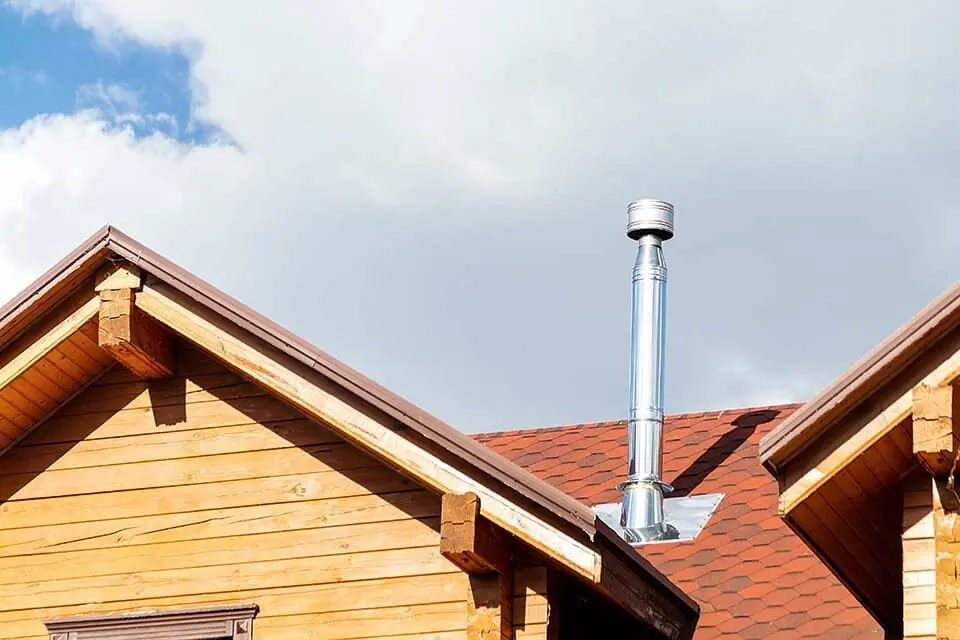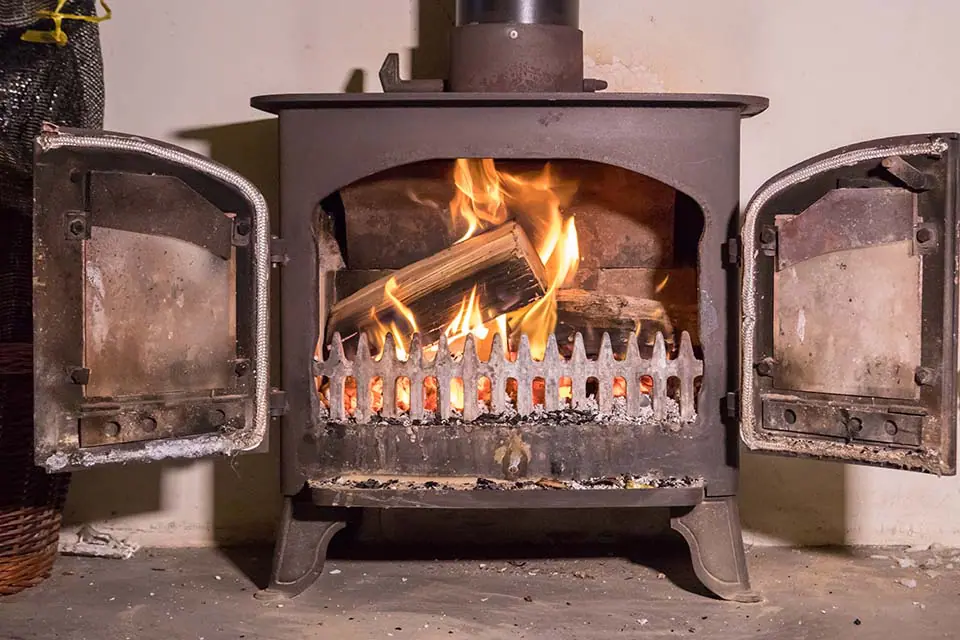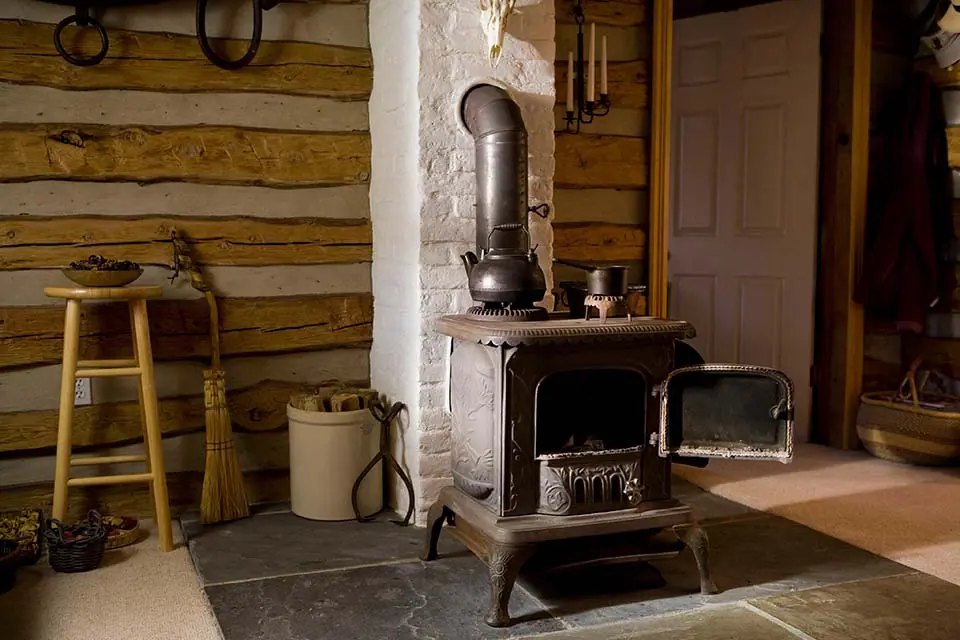You might have noticed that most fireplaces have vents irrespective of whether their source of fuel is wood, pellets, electricity or gas. So it is normal to ask yourself this question – why does my fireplace have vents?
The role of vents is to help with the circulation of fresh air inside and to make sure the harmful byproducts of combustion are channeled outside from your home’s indoor air.
Contents
Types of Vents
The conventional method of venting a fireplace is via the roof using a chimney/pipe or through a wall with the help of a direct vent to the outside. The following ventilation options are available and they are selected depending on the type of fireplace:
Direct-Vent
Direct-vent fireplaces are totally enclosed fireplace installations that suck in outside air while exhausting combustion byproducts within the building. Coaxial and colinear are the two primary trypes of direct vent fireplace.

The first kind, called coaxial, comprises of a pipe inside a pipe, with the outside part acting as an intake and the inner tube acting as an exhaust.
Colinear direct vent fireplaces have two pipes lined up, one of which serves as a separate intake pipe and the other as a separate exhaust pipe.
There are various advantages to the two main direct venting designs. Each avoids problems like poor draft and oxygen starvation. These fireplaces also function effectively when subjected to stringent energy efficiency criteria.
Top Vent
The top vent, which is just but a regular chimney, is a single pipe that ejects combustion products from the house. The combustion air for a typical chimney normally originates from doors, bathroom fans, windows etc.

To me, that indicates that the sections of the building where combustion air is being drawn into the house lose comfort. Additionally, the pipe heats up, therefore suitable fire-code installation guidelines must be followed.
Side Vent
A side vent, also known as a co-axial direct vent fireplace, vents to the exterior via a wall. In buildings lacking existing fireplaces and chimneys, direct vent fireplaces with zero-clearance are utilized.
Natural Vent (or B-Vent)
The combustion byproducts from a natural vent gas fireplace, sometimes referred to as a B-vent fireplace, are vented via the roof using a pipe, mortar, or brink venting system chimney. The combustion air is drawn in from within the house.
Since hot interior air is lost to the outside and cold air might enter the property through the chimney, natural vent systems are regarded as the least reliable venting option.
Power Vent
To promote air exchange and enable longer vent systems, power vent systems utilize a fan-powered attachment along the vent. A power vent fireplace may be built in places where other vent systems might not function, like in a freestanding wall, due to the long vent line.
Common Venting Problems

A smoky fireplace
If the smoke in your fireplace isn’t rising up the chimney vent as it should, this is the cause. Your family is at danger for respiratory distress and carbon monoxide poisoning from a smoky fireplace, which are very serious problems.
Hard to light a fire
A fire that is easily lit comes from a chimney that is working correctly. When it is difficult to start or keep it burning, there is probably a venting problem preventing it from receiving enough oxygen. To burn, a fire needs enough oxygen.
A weak fire
You can have a venting problem if your fire burns, but it consumes more fuel than normal or burns less hotly than it should. The airflow in the vent may be blocked, and the fire may be receiving insufficient oxygen.
A roaring fire
If outside wind gusts enter the home’s vent, the fire may erupt into a gale. This might cause errant sparks to shoot up and out through the chimney, which can be dangerous indoors.
I hope you now understand why your fireplace needs a vent and the various types of vents that are available for selection.
